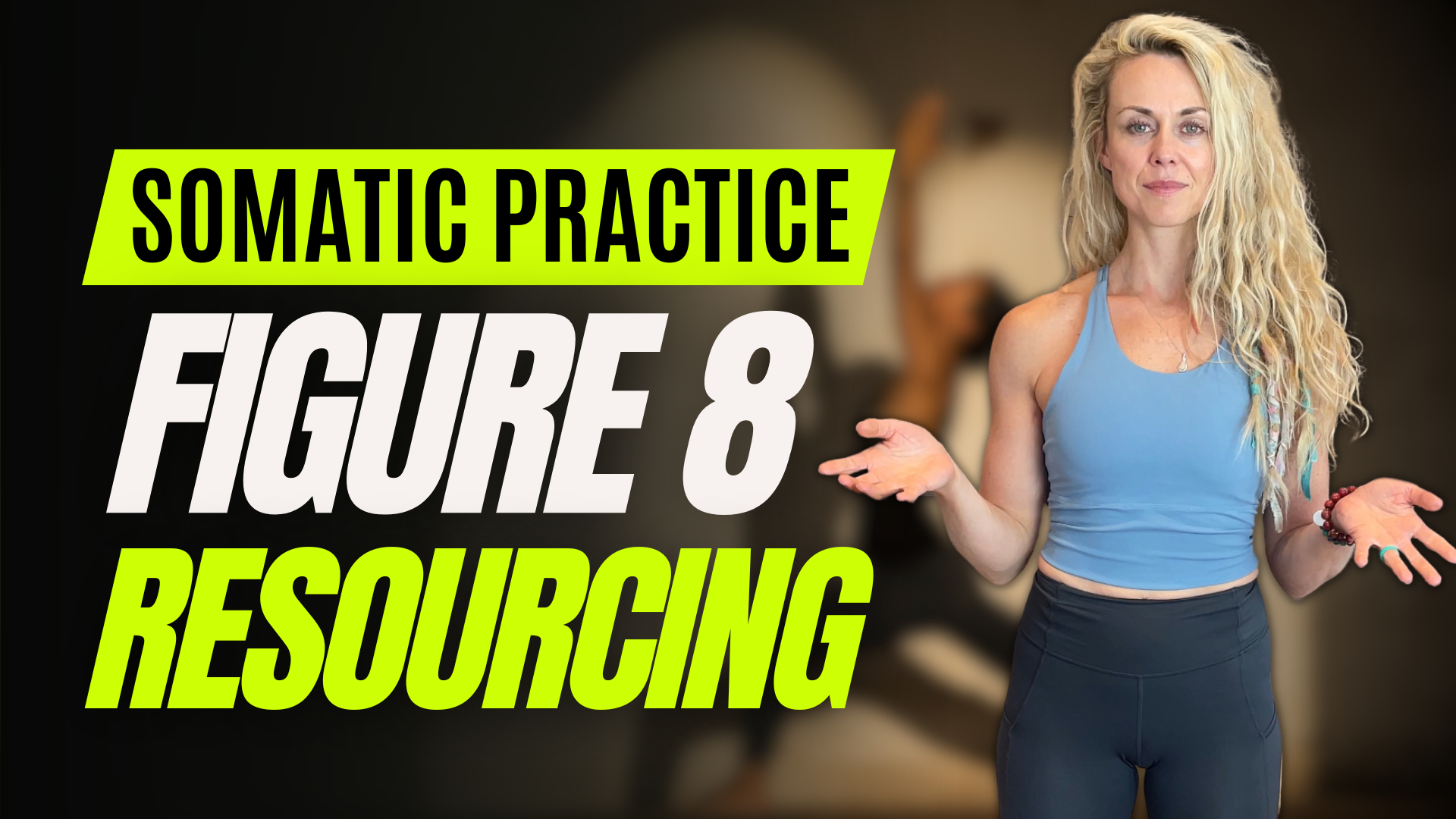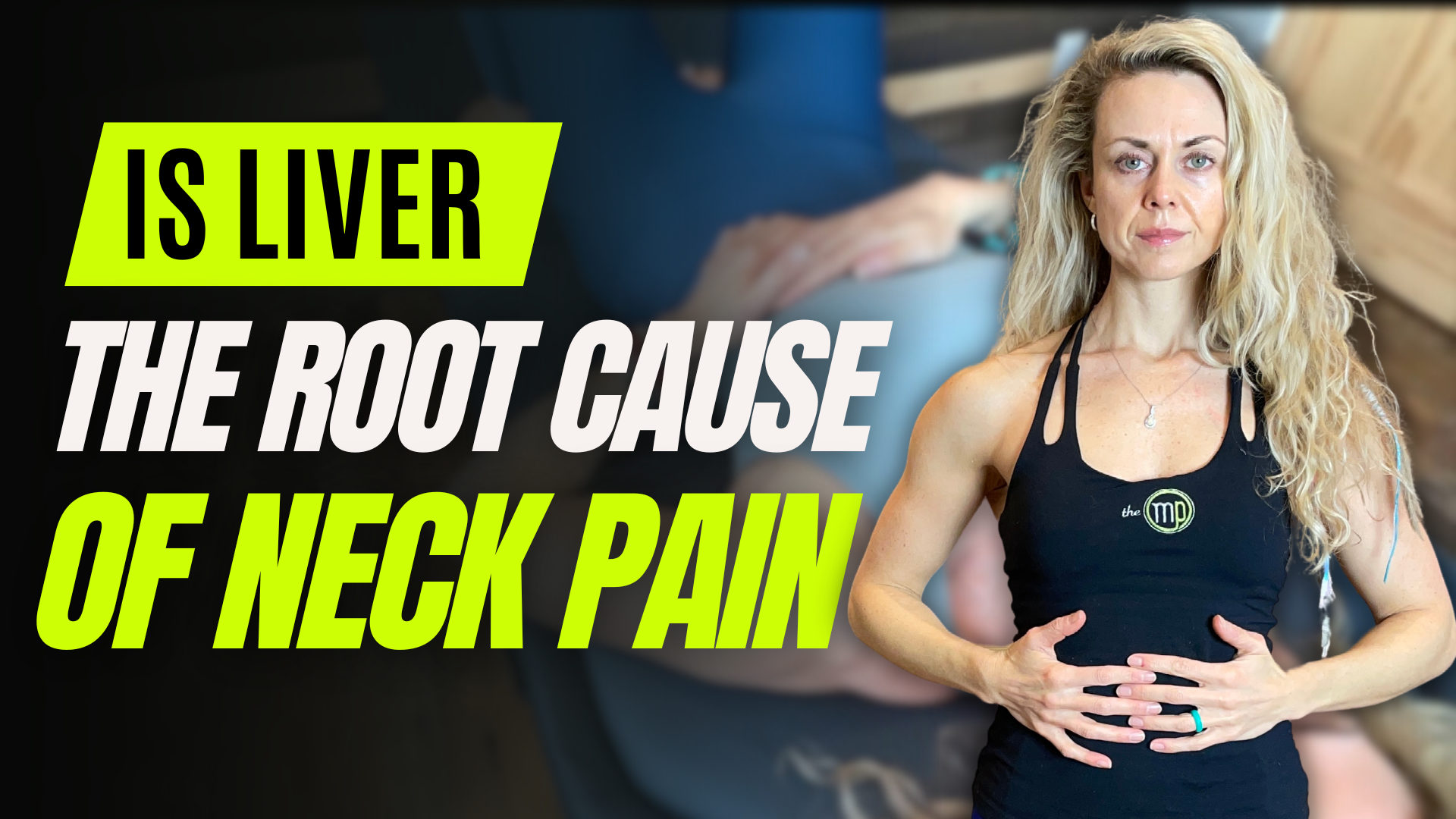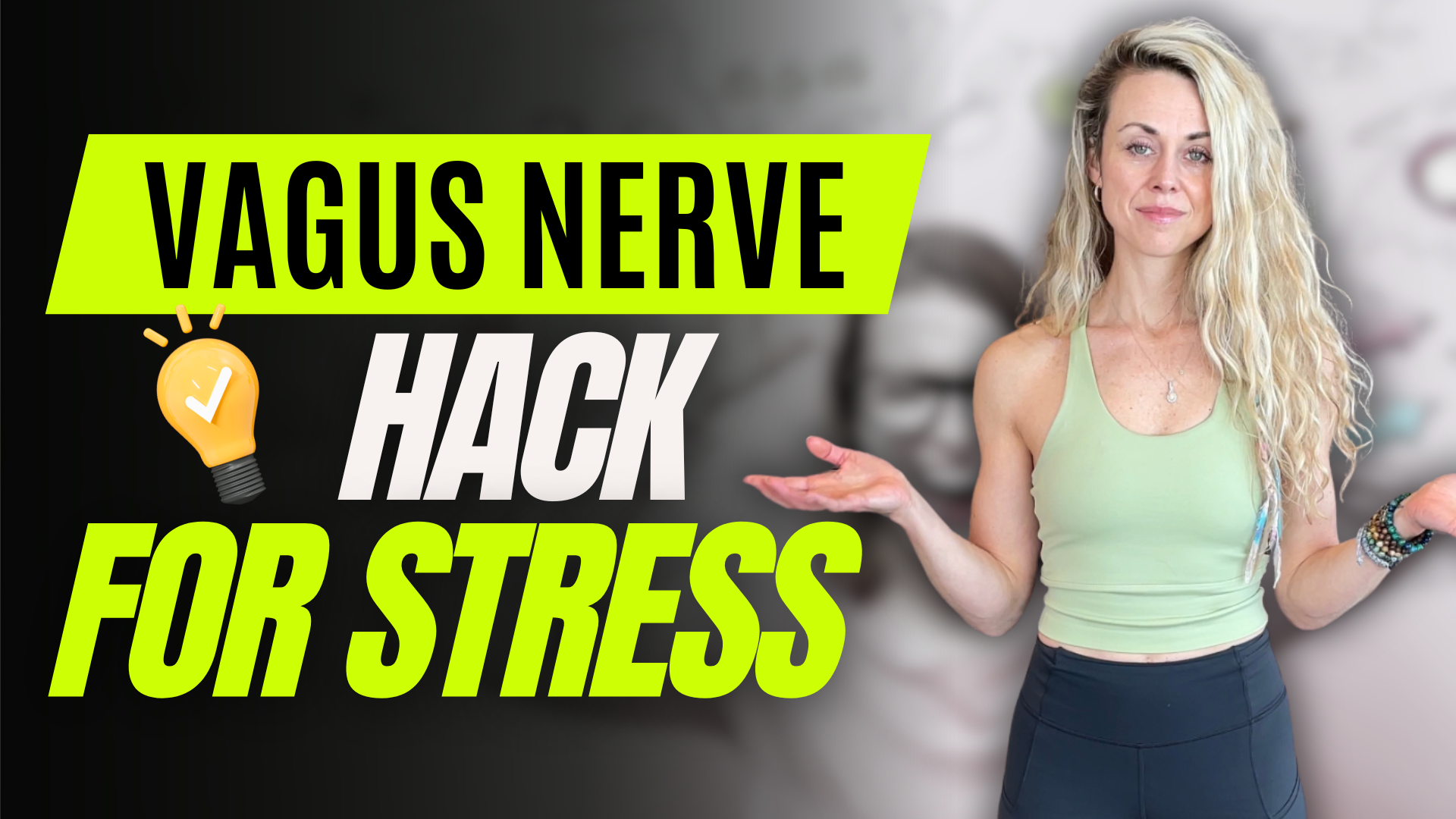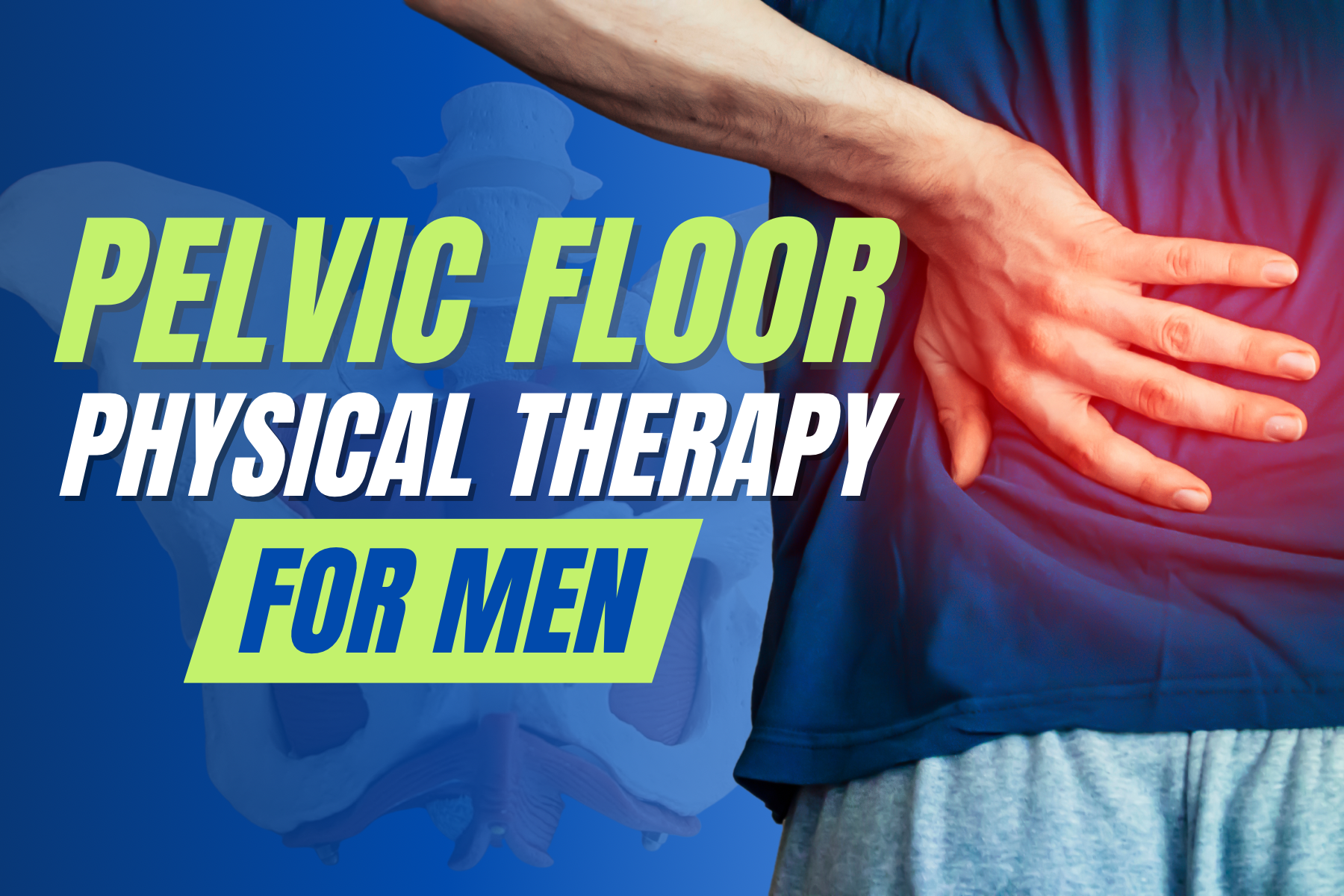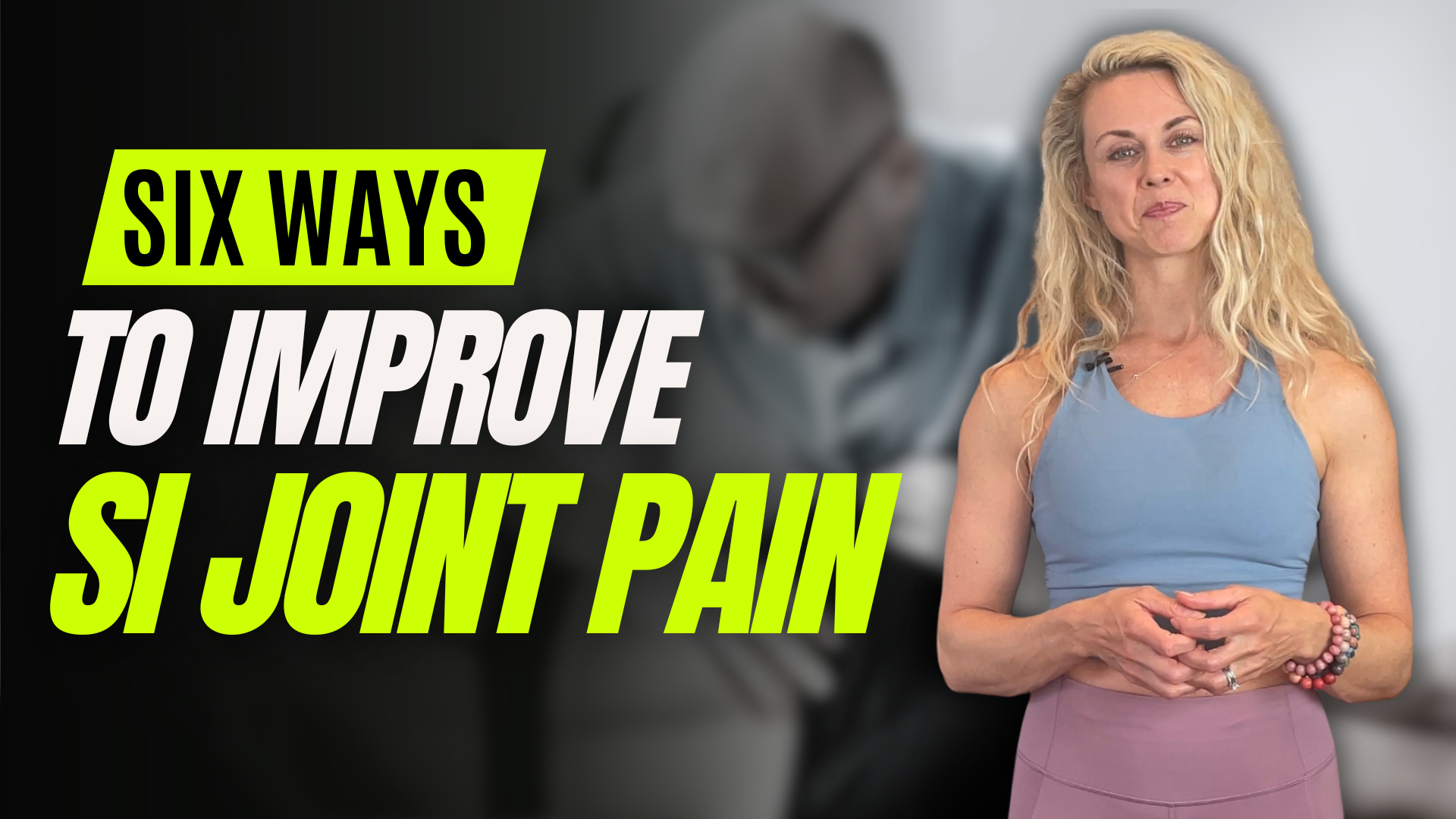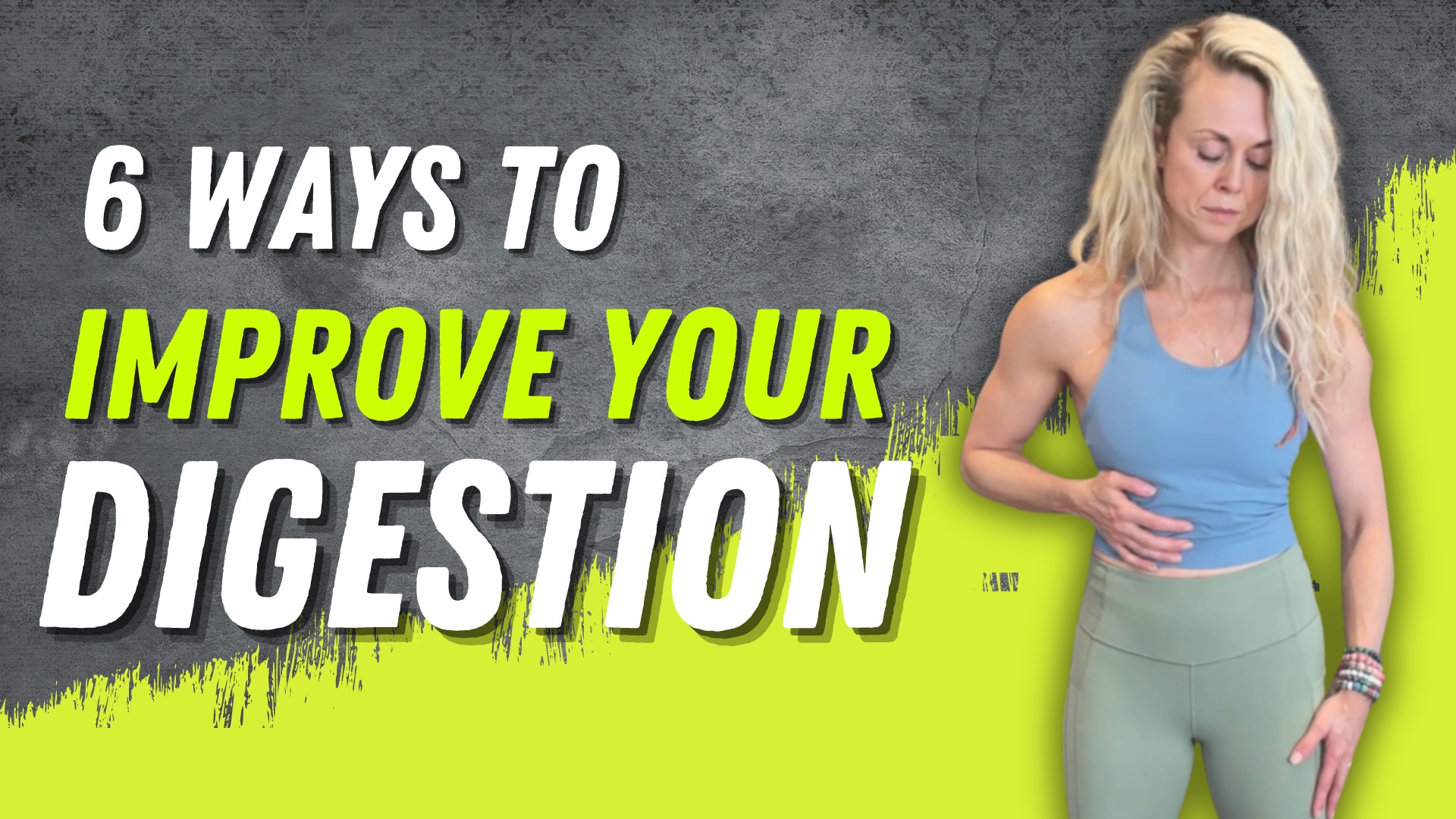Are you experiencing chronic left side neck pain? Perhaps you also feel discomfort around the sternoclavicular joint, thoracic spine, or even your SI joint. You’ve probably visited various practitioners and tried different therapies, yet the pain persists. Have you considered that your stomach might be the root cause?
Often, we chase the pain without addressing its true source. This situation is a perfect example. If you’ve repeatedly treated the SI joint or neck without success, it’s time to consider other root causes—such as your stomach.
Rather watch than listen?
Initial Assessment
Start with a simple assessment to see if your stomach might be contributing to your pain:
- Left Rotation: Turn your head to the left. Is there any pain or restriction? Compare this to turning your head to the right.
- Side Bend: Bend your head to the left and note any discomfort.
- Upper Back Rotation: Rotate your upper back to the left and then to the right, checking for stiffness or pain.
These assessments help determine if your spine’s movement is affected by your stomach.
Anatomical Orientation: Sternum to Gastroesophageal Junction
To understand the connection, visualize the anatomy: Start at the bottom of the sternum at the xiphoid process. Move your hand along the rib cage on the left side, down to about L1 and L2 lumbar vertebrae.
Hands-on Stomach Assessment and Retesting Movements
Place your hand below the rib cage and perform the following retests: Check if the pain or restriction improves when turning your head to the left or right. Rotate your upper back to the left and right again, noting any changes in discomfort. Perform repetitive motions like forward and backward bending to see if symptoms are provoked, then reassess with your hand on your stomach. If you notice improvements, there may be a visceral component related to your stomach.
Treatment and Stabilization
Assuming that your stomach is part of your neck, thoracic, or SI joint pain, you can start working on movement and breathing to improve it. Breath is the foundation of this treatment.
Cross your hands over your chest, bend slightly backward towards your right shoulder, and take a deep breath in. Hold, then exhale while bringing the ribs down. This creates pressure and a fascial stretch, helping to regulate and improve the stomach’s mobility. Perform this breath and movement exercise three to five times, then retest your left cervical movement to see if it feels freer.
To stabilize, there are many exercises you could do, but at a minimum, I suggest focusing on stabilizing your upper body. For instance, try maintaining a table position on all fours while using your breath. This engages your shoulders, core, and breath to create proper stability and sequencing. If you’re targeting the SI joint, consider doing a standing exercise. Ultimately, the goal is to reprogram your body.
If this was helpful, please give it a like, share it, and subscribe to our YouTube channel, the Movement Paradigm, for weekly tips on mindset, nutrition, and movement. Our goal is to help you live your best life, heal, transform, and, more importantly, thrive.
You can always join us in our app, the Movement Paradigm. We have lots of challenges every other month—everything from movement to the nervous system, nutrition, and so on. And we have a great community of people.
You can also reach out to us for an individual appointment for functional medicine or holistic physical therapy. If you really want to get to the root cause, please reach out to us.
Other things that might interest you:
Is the Liver the Root Cause of Your Neck Pain?




